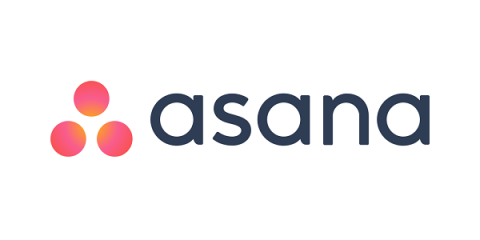Unmanaged business goals don't work. Here's what does.
Many large companies struggle to achieve their strategic goals due to implementation challenges. Learn five common goal management obstacles and solutions, including ways to enable better visibility, flexibility, accountability and resource allocation. Designing goals is a routine part of planning in every enterprise organization. In theory this should be simple—you set goals, make a plan to achieve them, and adjust as needed. The reality turns out to be much different.










